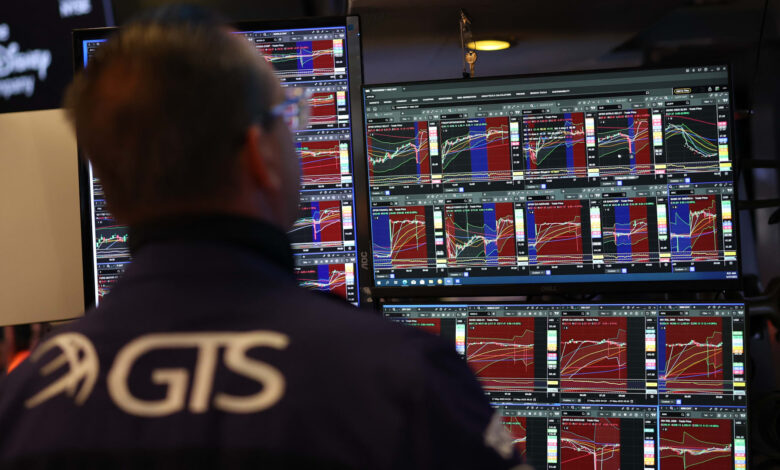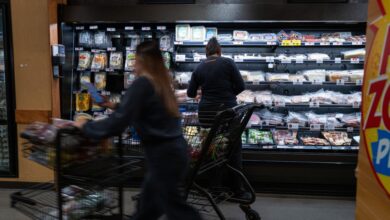Credit default swaps are in demand again amid U.S. fiscal worries

Investors are showing signs of concern over the ability of the U.S. government to meet its debt obligations, leading to a surge in demand for credit default swaps (CDS) as a form of insurance against default. The cost of insuring exposure to U.S. government debt has been steadily increasing and is currently near a two-year high, according to LSEG data.
Credit default swaps function as insurance for investors, with buyers paying a fee to protect themselves in case the borrower, in this case the U.S. government, is unable to repay its debt. The rise in the cost of insuring U.S. debt indicates growing nervousness among investors.
Spreads on 1-year credit default swaps for U.S. government debt have increased to 52 basis points from 16 basis points at the beginning of the year, while spreads on 5-year tenor CDS have risen to nearly 50 basis points from about 30 basis points earlier in the year.
The recent surge in demand for CDS contracts is seen as a hedge against political risk rather than insolvency, reflecting broader anxiety about U.S. fiscal policy and political dysfunction. Concerns around the unresolved debt ceiling have been a key factor driving the increased demand for CDS.
The U.S. Treasury has already reached its statutory debt limit, with Treasury Secretary Scott Bessent monitoring tax receipts to determine the “X-date” when the government will exhaust its borrowing capacity. Despite the looming deadline, there is still time for the Senate to pass a bill to raise the debt ceiling and avoid a technical default.
Industry experts believe that the surge in CDS prices is a short-term reaction as investors await a new budget deal to raise the debt limit, rather than a signal of an impending financial crisis. While Moody’s recently downgraded the U.S. sovereign credit rating, many analysts believe that the U.S. government will prioritize paying interest on its debt and avoid default.
Overall, the situation surrounding the U.S. debt ceiling remains fluid, with uncertainties about the timeline for raising the ceiling and the potential implications for the U.S. fiscal deficit. Investors are closely monitoring developments in Congress and the Treasury Department as they assess the risks associated with U.S. government debt.




